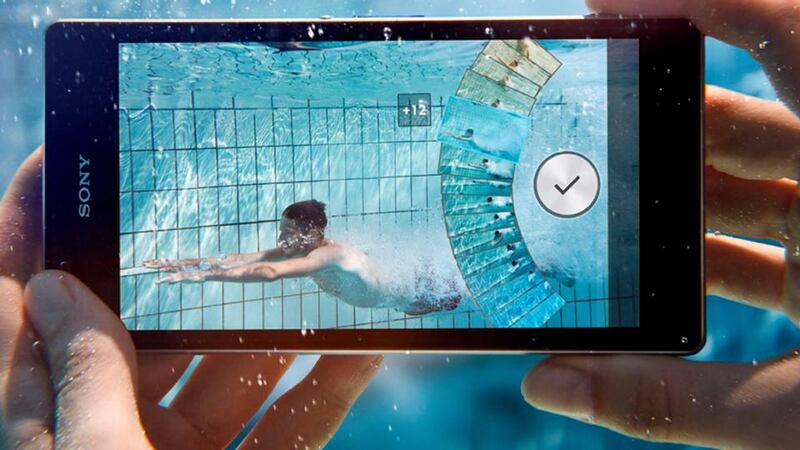It seems like no time at all since Sony was touting its Xperia Z as the next big thing in smartphones. But that was January, and the smartphone world works quickly, so Sony has come out with an update: the Z1.
On the face of it, you might not notice a huge amount of difference. There are a few tweaks - have a look around the edges - but the Z and the Z1 look quite similar for the most part.
That's not necessarily a bad thing; Apple has done something similar with the iPhone 4 and 5, and their various follow ups.

But where you will notice the difference is under the hood. It’s a lot faster, mainly due to the updated processor, a Qualcomm quad core chip clocking in at 2.2 GHz.
The camera has been bumped up to 20.7 megapixels and given a bigger sensor, so the image quality has taken a noticeable step up. The G lens plays a part in this too.
Like it’s predecessor, the Z1 can take a bit of rough handling. It’s dust proof and won’t shatter the first (or second, third, fourth) time you drop it (that was tested).
The Z1 is waterproof, as long as all its various slots for sim cards, SD cards and chargers are covered. We put it to the test (there’s video evidence) but I will admit that it was a bit nerve wracking, even though the phone survived. The first few seconds after it came out of the water, the screen wasn’t the most responsive it had been, although in under a minute it was back fully working again. It even received a call under the water, although I didn’t try to answer it; who needs to do that?
The headphone flap to cover the 3.5mm socket is gone, because the jack itself is now waterproof. This is a good move for Sony, because let’s face it, most people will test the waterproof nature of the phone by accidentally dropping it in the sink. Or the toilet. Or (in one case) a puddle. And unless you’re scrupulous about closing the port every time, that one little flap could have been the difference between your phone surviving a quick dip and not. Most people would fall into the “not” category, so that’s a definite improvement.
There are some caveats to its ruggedness. It doesn’t do well in salt water, for example, so keep it away from the beach. In fact, Sony specifically says not to put it in saline, and I’m taking their word for it. Sony also recommends keeping it away from liquid chemicals and sand or mud, which seems like a very sensible suggestion. Also, you can only keep it underwater for 30 minutes at a time, and at depths of up to 15 metres. Anything outside of that and it’s not guaranteed the phone will emerge unscathed.
One of the more visible changes is the screen. Sony has decided to include some extra technology in this phone that the Z1 was lacking, giving it a better display. It’s full HD, has a pixel density of 441 pixels per inch, and it’s a Triluminous display, which brings better colour.
The Z1 feels a bit of a monster when you pick it up first. But although the screen is five inches, it’s still easy to use one-handed, and it’s great for watching video on. At 169g, it’s heavier than the iPhone 5 and the HTC One, but it’s not exactly a weight either.
The battery life has also been improved. On the day we did the test, the phone got some heavy use and still managed to last most of the day. On average, it was lasting a full day; anything that requires fewer charges per day gets the thumbs up here. Plus if you change the power settings to Sony’s power saving mode, it will last a lot longer.
So, to wrap up, the Xperia Z1 is a great premium Android handset. Plus, as demonstrated, it’s more than able to handle the odd liquid situation or two.













